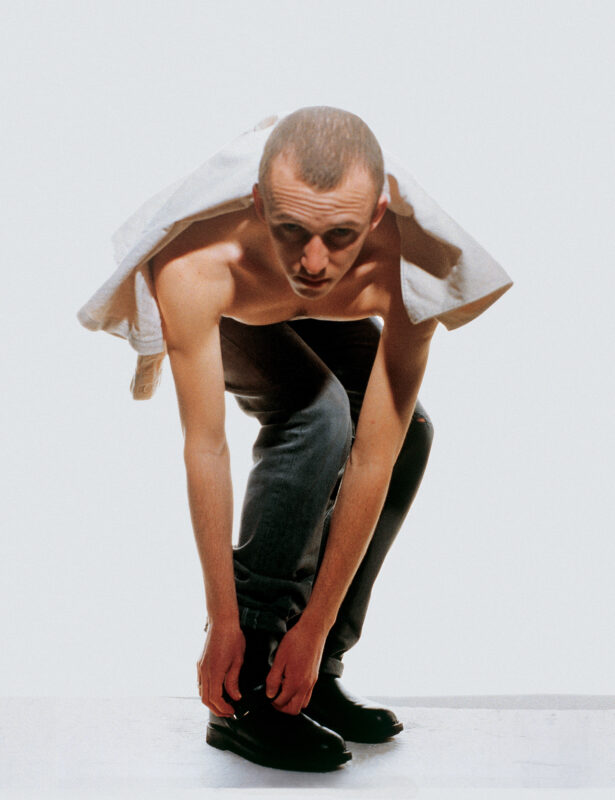The German art scene is a vibrant, dynamic and diverse landscape that continues to evolve and push boundaries. From Berlin to Munich, Düsseldorf to Hamburg, the country’s art scene is renowned for its eclectic mix of traditional and contemporary art forms. In recent years, several trends have emerged that are shaping the German art scene. These trends reflect not only the changing tastes of art enthusiasts but also the socio-political climate of the country and the world at large.

One of the most significant trends in the German art scene is the increasing focus on political and social issues. Artists are using their work as a platform to comment on and critique issues such as immigration, climate change, and social inequality. This trend is particularly prevalent in Berlin, a city known for its politically charged art scene. Artists like Ai Weiwei and Wolfgang Tillmans have held exhibitions in the city that directly address these issues, sparking dialogue and debate among viewers.
Another trend that has taken hold in the German art scene is the blending of traditional and contemporary art forms. This is evident in the rise of new media art, which combines traditional artistic techniques with digital technology. Artists like Hito Steyerl and Olafur Eliasson are leading the way in this field, creating immersive installations that challenge the viewer’s perception of reality. This trend reflects a broader shift in the art world towards more interactive and experiential forms of art.
The German art scene is also seeing a resurgence of interest in figurative painting. This trend is a reaction to the dominance of abstract and conceptual art in recent decades. Artists like Neo Rauch and Daniel Richter are at the forefront of this movement, creating works that are both visually striking and rich in narrative. This trend is not confined to painting, with many sculptors and photographers also embracing a more figurative approach.
In addition to these artistic trends, there are also changes in the way art is being consumed and exhibited in Germany. There is a growing trend towards art fairs and biennales, which offer a more democratic and accessible way for people to engage with art. These events, such as the Berlin Biennale and Art Cologne, attract a diverse audience of art enthusiasts, collectors, and professionals, and provide a platform for emerging artists to showcase their work.
Furthermore, there is a trend towards more inclusive and diverse representation in the German art scene. Galleries and museums are making efforts to showcase the work of artists from underrepresented groups, including women, people of color, and LGBTQ+ artists. This trend reflects a broader shift in the art world towards greater diversity and inclusivity.
In conclusion, the German art scene is a dynamic and evolving landscape that continues to push artistic boundaries. The trends shaping this scene reflect not only changing artistic tastes but also the socio-political climate of the country. Whether it’s through politically charged installations, immersive new media art, or a resurgence of figurative painting, German artists are continually challenging and redefining what art can be.
